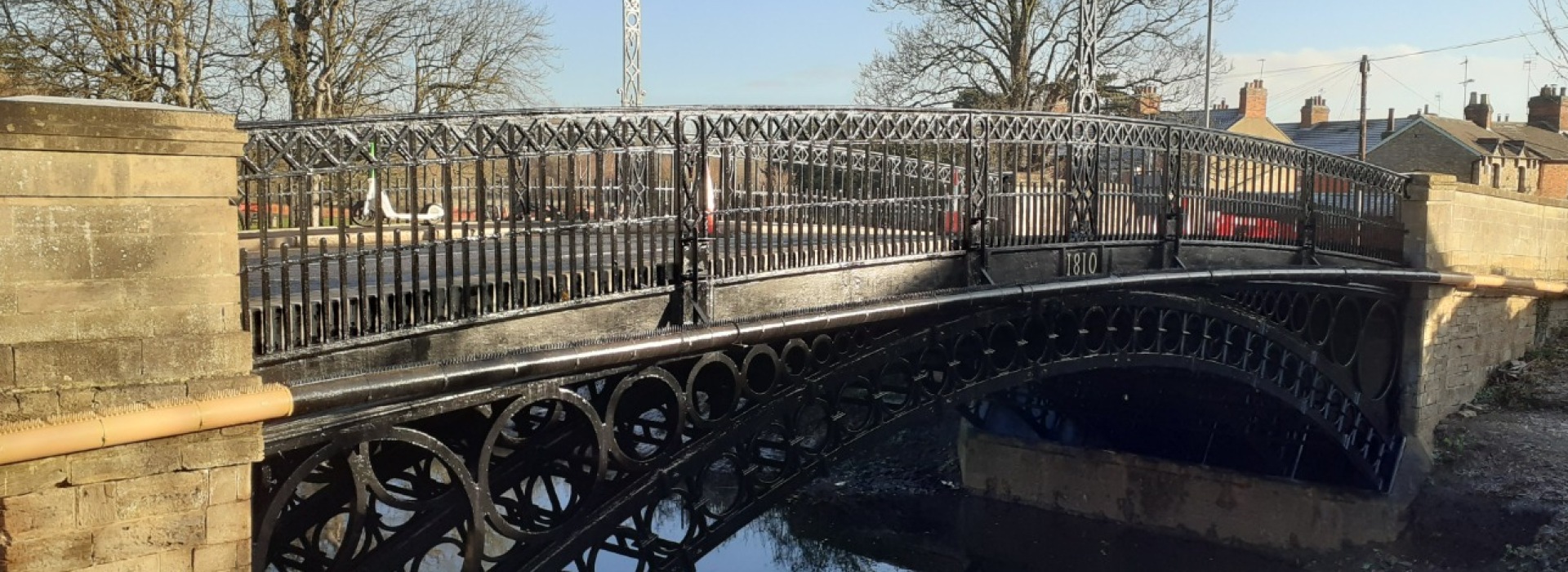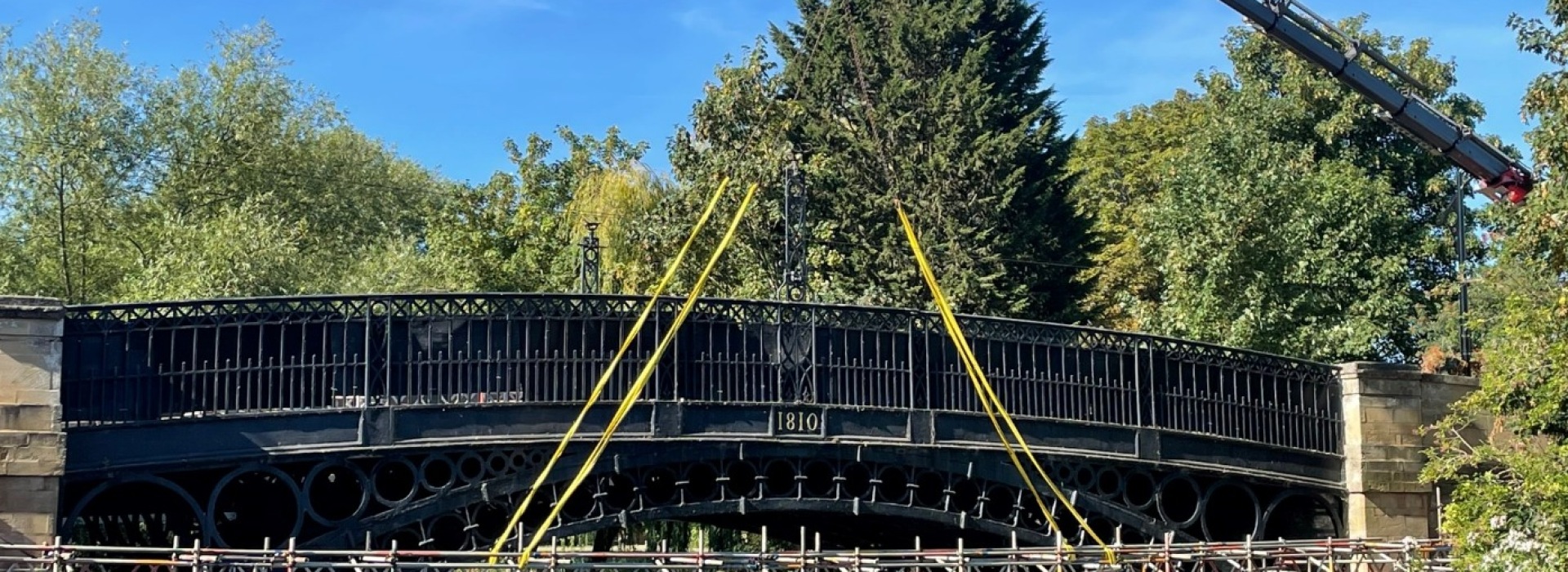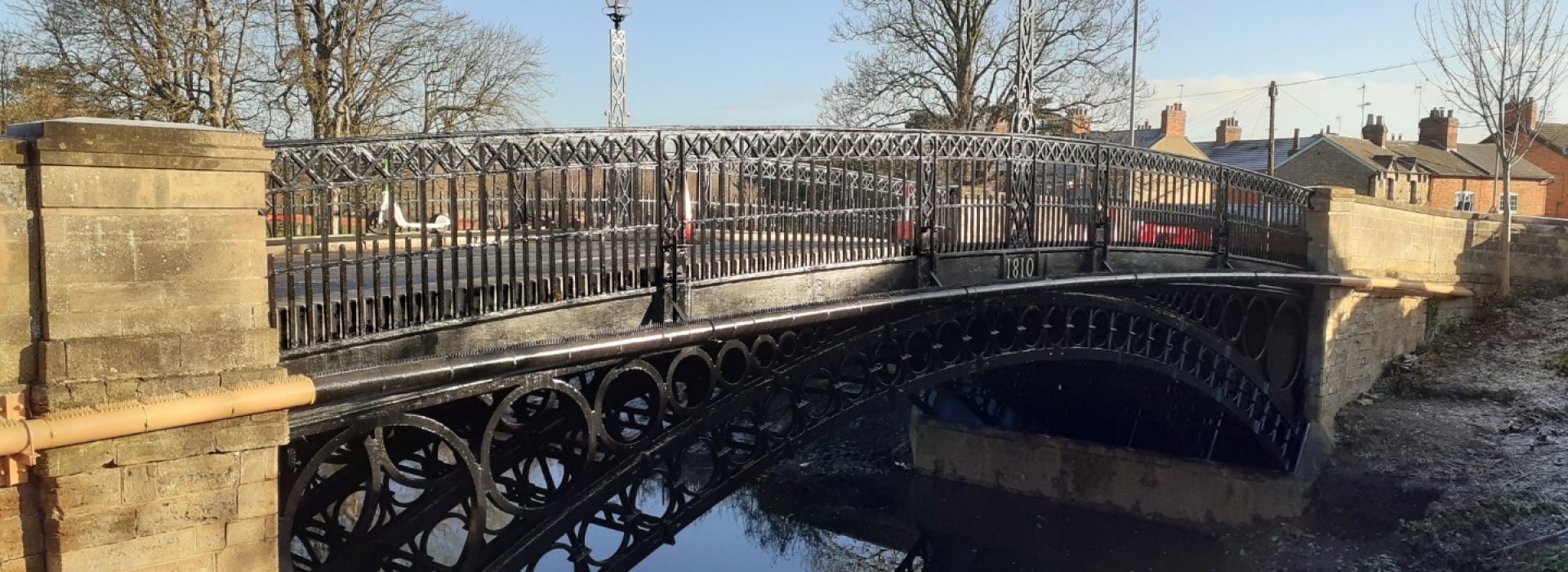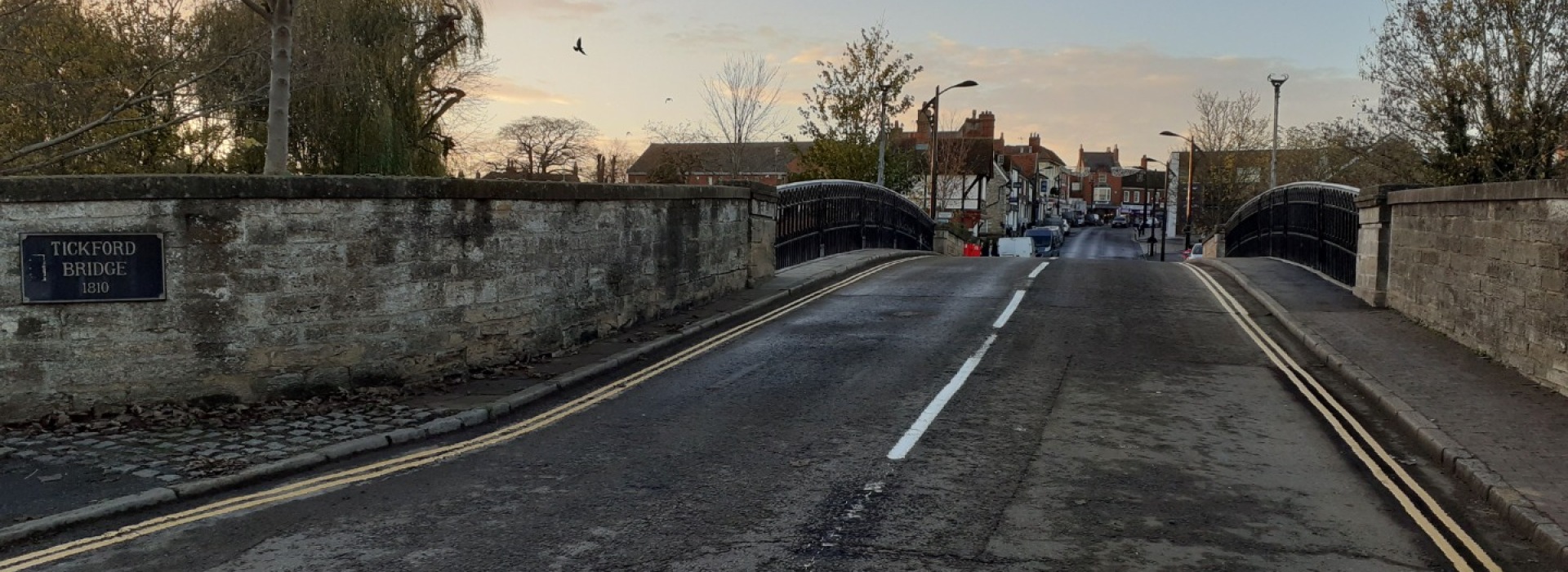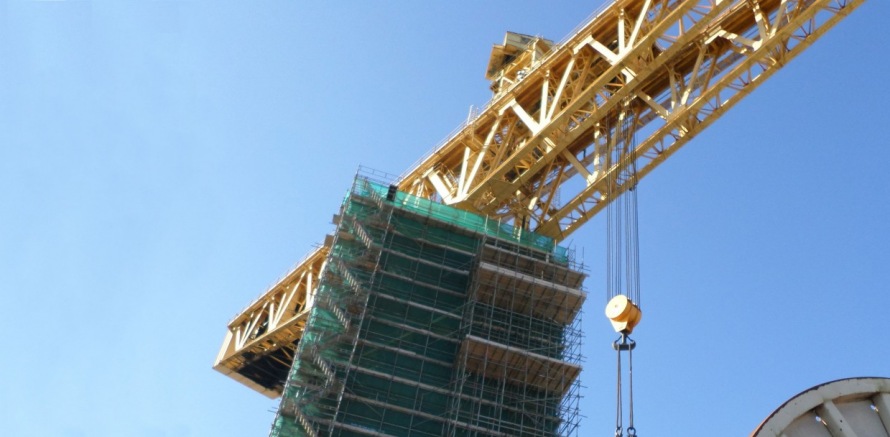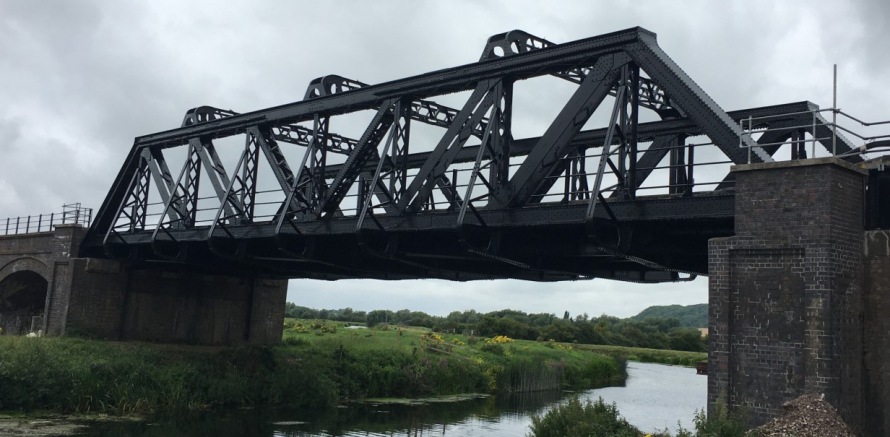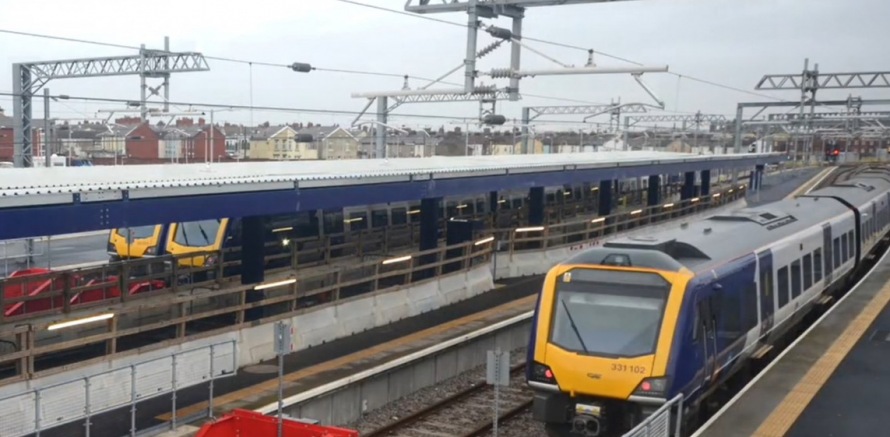Tickford Bridge, Newport Pagnell
Constructed in 1810, Tickford Bridge was erected at the height of the Industrial Revolution over the River Ouzel in Newport Pagnell. This Grade I-listed road bridge required essential repairs to ensure its structural integrity for the years to come.
The challenge
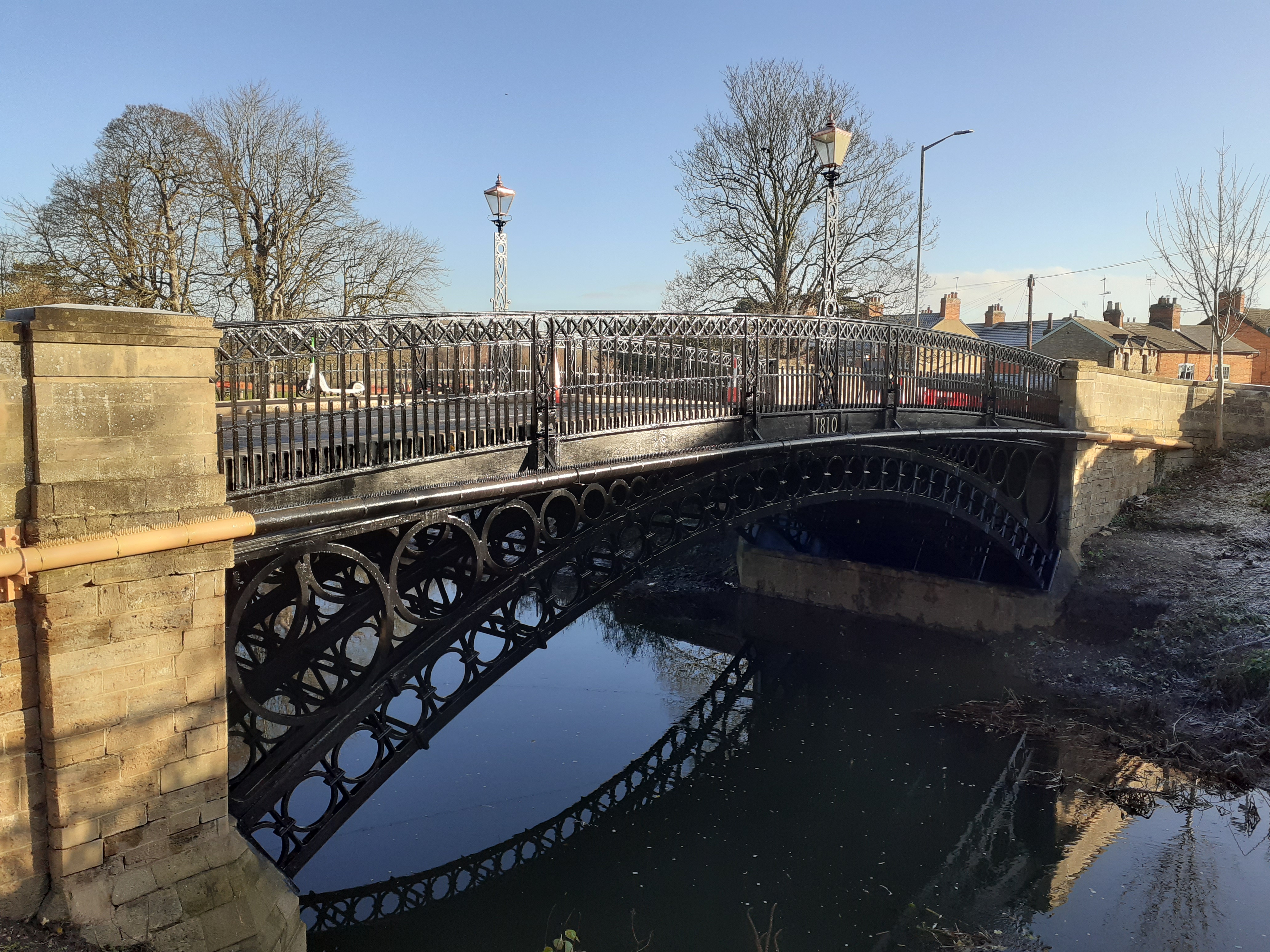 On behalf of client Ringway, Taziker was contracted to conduct a full structural refurbishment of the cast and wrought iron, including blast surface treatments, cast iron repairs, protective heritage coatings application, surface waterproofing and footpath resurfacing.
On behalf of client Ringway, Taziker was contracted to conduct a full structural refurbishment of the cast and wrought iron, including blast surface treatments, cast iron repairs, protective heritage coatings application, surface waterproofing and footpath resurfacing.
Tickford Bridge is set within the heart of Newport Pagnell’s Conservation Area. The Conservation Area (CA) is covered by an Article 4 Direction, meaning all standard permitted development rights within the area were removed, including those for advertising and the rection of temporary structures.
Multiple factors impacted the design of the access system, including the need to protect the structural fabric under the listing and Scheduled Monument status, one of the oldest forms of heritage protection. Due to the bridge’s strength, it was not possible to attain the load for the structure to take the scaffold and platforms.
The solution
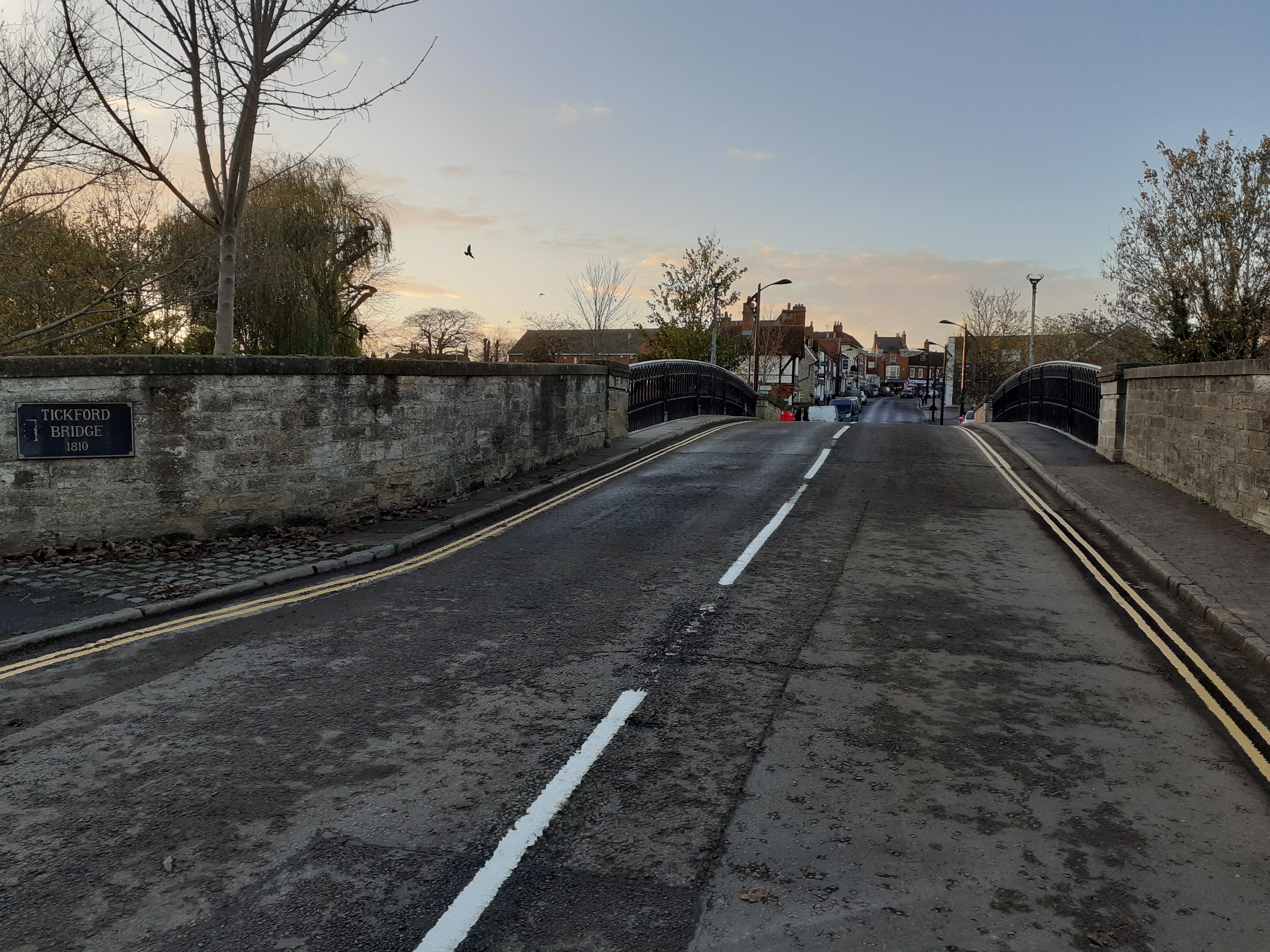 In planning the scheme, we worked to mitigate the project affecting the setting of the listed buildings in Newport Pagnell, as well as the area itself and any biodiversity including tree protecting orders.
In planning the scheme, we worked to mitigate the project affecting the setting of the listed buildings in Newport Pagnell, as well as the area itself and any biodiversity including tree protecting orders.
We designed a bespoke system that was suspended from a weighted frame on the topside road surface of the bridge and rope access was used to conduct the works.
Following on from the access set up, we used pressure washers to clear the bridge substrate of bird guano and dilapidated layers of paint from the previous coatings system. Geotextile terram sheeting was fitted across the structure and acted as a filter for separating the detritus collected from the cleaning operations, from entering the watercourse beneath.
Mechanical preparation of the entire bridge was carried out to assess the condition of the structural fabric ahead of conducting condition led repairs to the cast iron and the application of the protective coatings system.
It was agreed with the client and in line with recommendations issued by Historic England that the surface treatment would be carried out to ST3 standard, using needle guns and DA sanders to protect the cast iron surface. To protect the delicate cast iron work of the parapets, existing coatings that were not to be removed were abraded using sandpaper ahead of the coatings application.
All bridge deck concrete surfaces were cleaned down ahead of the application of the waterproof primer. Following adhesion testing, concrete primer PAR1 was applied to the surface, before checks that no ponding had occurred and the surface was free from loose debris, moisture and other containments before the application of the waterproof membrane.
Once all the new surfacing and waterproofing had been completed, we relayed the footpath slabs on each side of the bridge.
The result
Both aesthetically and structurally, the iconic bridge was transformed. We were able to conduct much needed repairs to the structure, all whilst remaining true to its roots in Victorian England. The iconic bridge will stand tall for people to enjoy for many years to come, alongside improved journeys for those in the local area.
Jun 2022 - Oct 2022
The scope of the works included:
- Site set up, welfare and traffic management, including temporary road closure
- Access design, erection, encapsulation and dismantling
- Cleaning operations, hand abrade and paint ST3 standard followed by full coating system.
- In situ cast iron repairs
- Offsite artisan foundry works for cast iron replacements
- Industrial protective coatings application in line with conservation rules as defined by Historic England
- Waterproofing, road surfacing and reinstatement of flagged path
